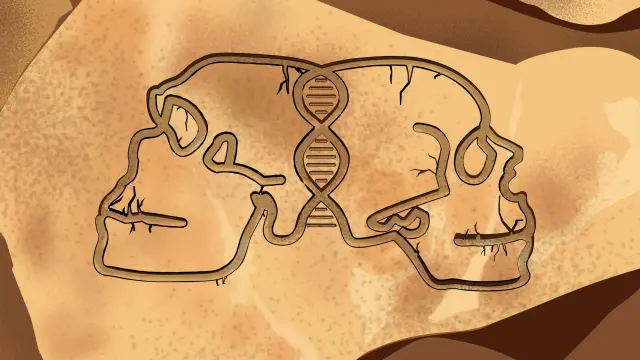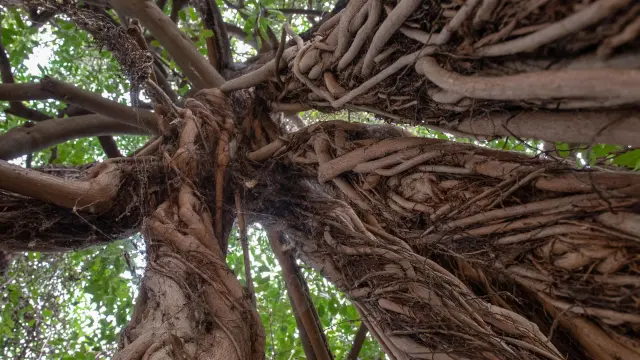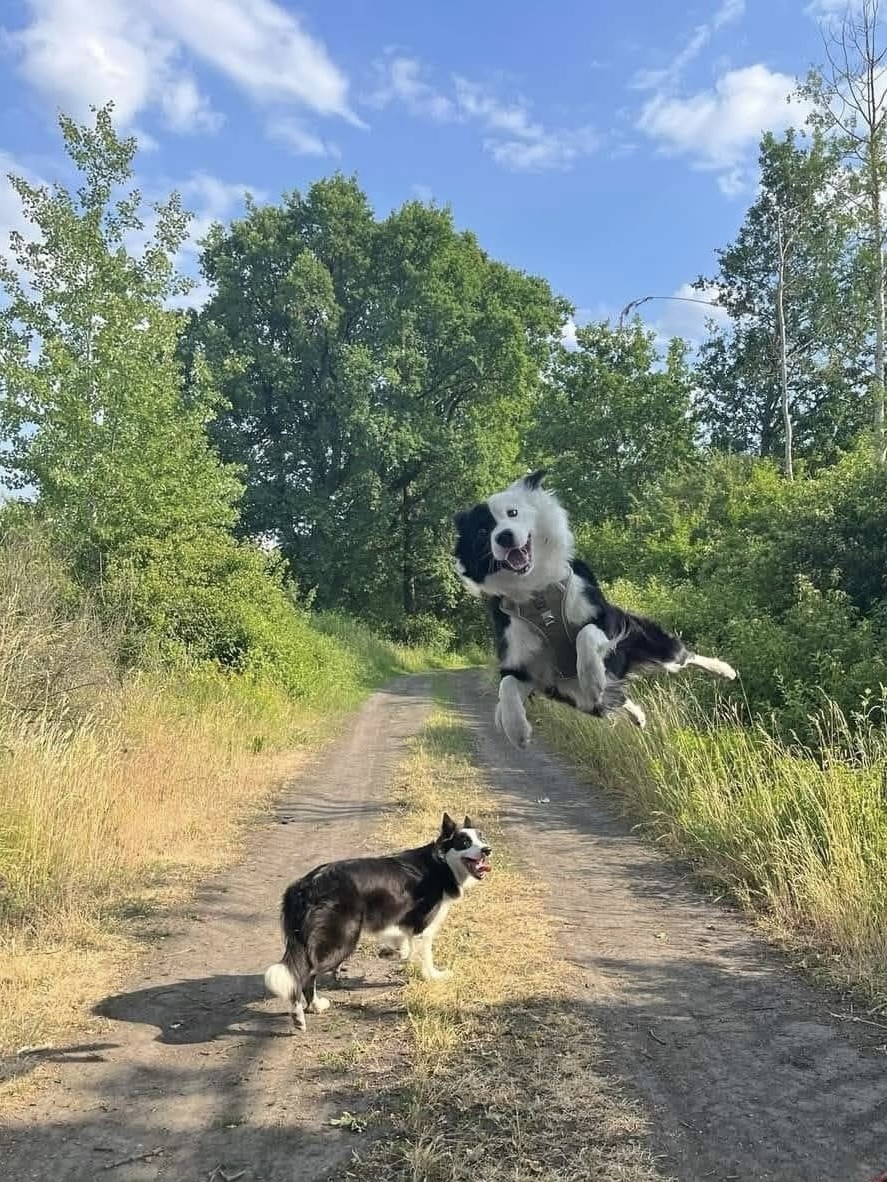"Scientists often estimate population size by looking at genetic diversity. In general, more variation in the genome suggests a larger group. But when Akey’s team applied their tool, IBDmix, they found that much of the apparent diversity in #Neanderthal DNA actually came from genes inherited from modern humans, who had far larger populations. With this new insight, scientists lowered their estimate of the Neanderthal breeding population from about 3,400 individuals to roughly 2,400.Taken together, these findings help explain how Neanderthals disappeared from the fossil and genetic record around 30,000 years ago.
"I don't like to say 'extinction,' because I think Neanderthals were largely absorbed," said Akey. His idea is that Neanderthal populations slowly shrank until the last survivors were folded into modern human communities.…"
https://www.sciencedaily.com/releases/2025/07/250713032519.htm

Princeton study maps 200,000 years of Human–Neanderthal interbreeding
For centuries, we’ve imagined Neanderthals as distant cousins — a separate species that vanished long ago. But thanks to AI-powered genetic research, scientists have revealed a far more entangled history. Modern humans and Neanderthals didn’t just cross paths; they repeatedly interbred, shared genes, and even merged populations over nearly 250,000 years. These revelations suggest that Neanderthals never truly disappeared — they were absorbed. Their legacy lives on in our DNA, reshaping our understanding of what it means to be human.






